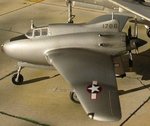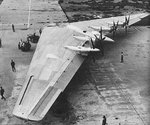In every source I have read, the Allies are said to only have understood the benefits of the swept wing of the Me 262, after evaluted the plane after the war. However, I'm a little skeptical about this. I think Allied engineers must have paid much attention to the "strange" wings of the type in guncam footage.
Anyone can tell me something about this?
Anyone can tell me something about this?
Last edited:



